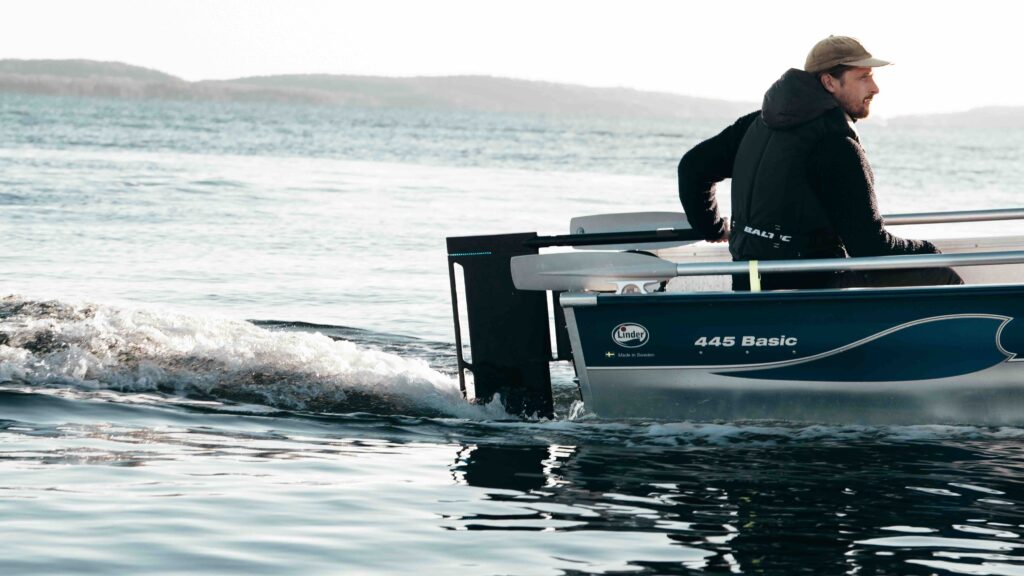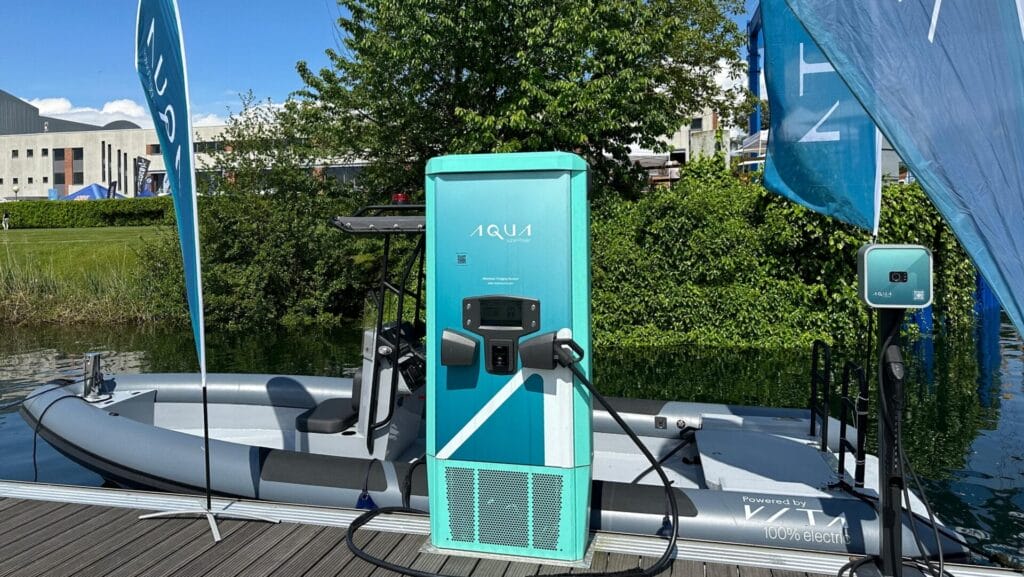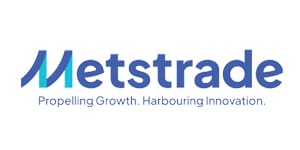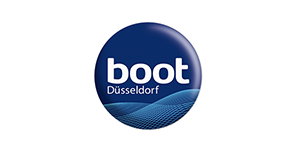Marine industry must rethink approach to energy use, says Zparq CEO

According to electric motor startup CEO, Jonas Genchel, the marine industry finds itself at a crossroads. “With increasing regulatory pressure, rising environmental awareness, and rapid technological advancements, stakeholders must rethink their approach to propulsion and energy use,” he says.
Electric propulsion in a traditional Industry
The marine sector has long relied on internal combustion engines (ICE), supported by existing infrastructure, supply chains, and entrenched consumer habits that make the transition to electric alternatives challenging. But Genchel is adamant that the drawbacks of ICE technology – environmental impact, maintenance costs, and regulatory hurdles – are becoming harder to ignore.
Zparq has developed compact electric outboards that offer an alternative that Genchel says are not only sustainable but also competitive in performance.

“Sustainable marine mobility isn’t a distant goal – it’s a reality being shaped today through collaboration, smart strategy, and bold innovation,” he says. “But the challenge for companies like ours has been twofold: convincing boatbuilders and end-users to embrace change while ensuring the necessary infrastructure is in place for widespread adoption. Additionally, the higher cost of electric motors compared to ICE alternatives remains a barrier for all electric motor manufacturers, making strategic positioning and gradual cost reductions essential for driving broader market adoption,” says Genchel.
Collaboration as a catalyst for change
“The shift to electric propulsion cannot happen in isolation,” he adds. Genchel says wider adoption requires a coordinated effort between businesses, governments, and regulatory bodies. “Stronger policy support, including incentives and legislation, can accelerate electrification, while partnerships with boatbuilders, marinas, and charging infrastructure providers are critical – not just for introducing electric motors, but for creating a complete ecosystem for electric boating.
“One of our key collaborations has been with organisations committed to decarbonising waterways. Through pilot projects showcasing the efficiency and reliability of our propulsion systems, we have gained valuable insights into regulatory frameworks that support the transition to electric alternatives.”
Notably, Zparq’s work with the Swedish Sea Rescue Society and RISE (Research Institutes of Sweden) has played a crucial role in this effort. Additionally, collaborating with other clean-tech startups and established marine brands has fostered knowledge-sharing. “Our work with these companies is under NDAs however the firms have ranged from large established brands to smaller innovators,” Genchel adds.
Pitfalls and opportunities for marine startups
“Startups in the marine industry face distinct challenges. Unlike in the automotive sector, where electrification has scaled rapidly, marine startups encounter higher entry barriers due to cost, certification requirements, and slower consumer adoption,” Genchel says. “Additionally, the industry is highly seasonal – at least in our home markets – and boating is primarily a leisure activity rather than a daily necessity like cars. These factors make it more challenging for startups to achieve stable year-round revenue and accelerate mass adoption.”
Genchel says a key lesson from the company’s journey so far has been the importance of adaptability. “The ability to pivot based on market feedback, collaborate with unexpected partners, and continuously refine technology has been critical to Zparq. One great example of an unexpected partnership is our work with the Swedish Sea Rescue Society where we are learning first-hand about the demanding needs of rescue operations — which helps us refine both hardware robustness and user interfaces.”
According to Genchel, the surge in sustainability-focused investments, growing regulatory pressure on emissions, and a rising interest in electric mobility create unprecedented market potential.

“For startups willing to navigate the complexities of the marine industry, the opportunity to lead the transition is immense,” he continues. “Initially, we are focusing on the Nordic and broader European markets, where there is a strong focus on sustainability and rapidly evolving regulations driving the shift to electric solutions.
“Looking ahead, one emerging market we’re keeping an eye on is Africa. It’s a large and potentially valuable market for electric marine transport, especially given the strong access to renewable energy and the potential for long-term cost savings. That said, the higher upfront cost of electric solutions remains a significant barrier today.”
Addressing safety concerns around battery technology
Safety remains a top concern for all involved in electric propulsion. It’s a driving force in the company but Genchel flags that misinformation surrounding battery risks can slow adoption, so it’s crucial to address these concerns transparently.

“We believe that a safe system is an integrated system – one where the motor, batteries, and inverter are designed, tested, and certified together. Supplying an electric motor without a properly matched and certified battery solution leads to performance issues, overheating, or even failure. That’s why we provide fully integrated systems to ensure seamless operation and maximal safety.
“Advanced battery management technologies should monitor temperature, voltage, and state-of-charge in real-time to prevent overheating or overcharging. We also advocate for stringent safety standards and work closely with regulatory bodies to ensure compliance and consumer confidence. Additionally, Zparq holds patents on extra safety features integrated into both our inverters and battery packs, reinforcing our unwavering commitment to safe and reliable electric propulsion.”
Preventing theft
One often overlooked advantage of electrification, he adds, is the opportunity for smart, connected features. “One of the biggest concerns for boat owners is outboard motor theft – a problem that costs the industry millions every year.
“Our Z10 electric outboard addresses this problem with built-in geofencing. This means that once a boat is assigned a designated operational area, the motor will not function outside that perimeter. If removed from the boat, the system renders it completely unusable – making it an unattractive target for thieves. Furthermore, our batteries and motors are paired to work exclusively together, adding an extra layer of security against theft. This ensures that even if stolen, the components cannot be used separately or with other systems, enhancing both performance integrity and safety. Such innovations don’t just add security; they redefine how we think about marine mobility in the digital age.”
The road ahead
It is clear that the Zparq team believe electrification is no longer a question of ‘if’ but ‘when’, with cross-industry collaboration being the key to expediting growth.
“For startups like Zparq, the challenge is not only to develop groundbreaking technology but also to drive industry-wide adoption by addressing infrastructure gaps, regulatory challenges, and market scepticism,” Genchel explains.
“By working together – industry leaders, policymakers, and startups alike – we can make marine electrification a seamless transition rather than a disruptive challenge. It’s an exciting time to be in the marine industry, and we’re committed to playing a pivotal role in shaping its future.”











